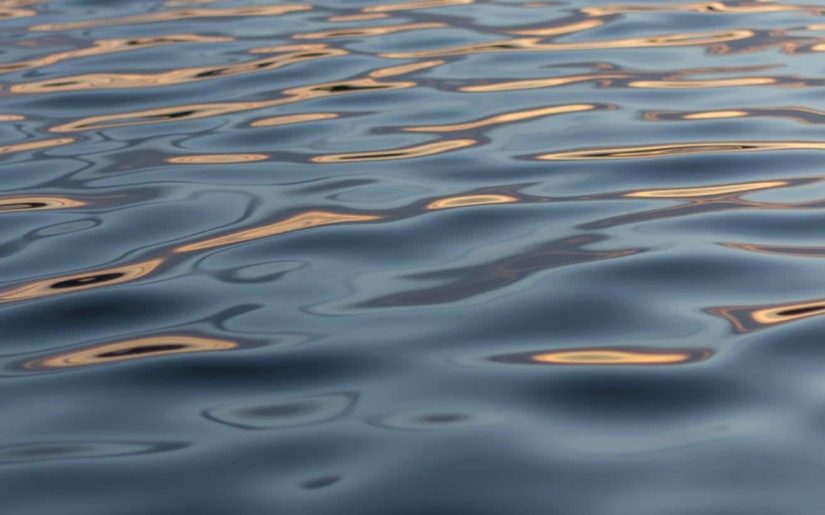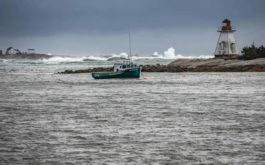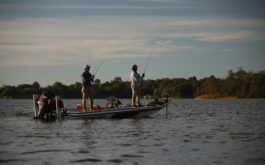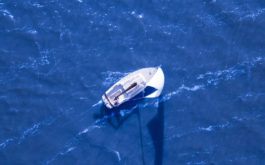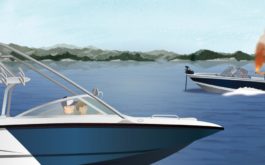Spring and fall can be deceiving. The sun may be shining, the birds may be chirping, the BBQ may be cooking, but the water is still cold. While boating this year, be sure to educate and prepare yourself with these tips.
Expect the unexpected
Capsizing and person overboard emergencies are dangerous situations.
Add cold air and/or cold water temperatures and the level of danger increases dramatically. Performing a quick rescue is the most important thing to remember if one of your passengers falls into cold water. Why? Because their body will lose heat 25 times faster than it would if it were only exposed to cold air. This makes it extremely unlikely that they’ll be able to assist with their own rescue.
Responding quickly will be especially important if the victim is struggling in the water (as most do) because the physical exertion will cause their body to lose heat 35 times faster.
Knowing what to do if you’re unexpectedly immersed into cold water dramatically increases your chance of survival. Immersion in cold water can result in cold shock response, incapacitation, hypothermia and cardiac arrest.
The Phases of Cold Water Immersion
Cold water immersion occurs when a person experiences sudden, unexpected immersion into water 15°F or below. If this happens you’ll experience the following four phases of physiological impact:
Initial reaction (cold shock):
This phase lasts for about one minute and causes a deep and sudden gasp of breath, hyperventilation and involuntary gasping. Furthermore, these actions can cause the person to inhale water and drown. During this time, the person overboard must avoid panicking and concentrate on controlling their breathing. Wearing a life jacket will be critical to their survival.
Short-term immersion (swimming failure):
This phase lasts for about 10 minutes. During this time, the person overboard will lose the use of their fingers, arms and legs. Additionally, swim failure will occur within these critical minutes. If the person overboard is not wearing a life jacket, they will likely drown.
Long-term immersion (hypothermia):
It can take up to an hour before the person will become unconscious from hypothermia. During this time, the body organs will cool and the bodies internal temperature will be drop. Following the phase of unconsciousness, if not rescued and treated immediately, the person overboard will likely die.
Post-rescue collapse:
Once rescued, the victim will experience what’s called “post-rescue collapse” During this a phase their body is under extreme stress and at risk of cardiac arrest. The arterial blood pressure will change and the cold blood from their limbs will re-enter the internal body core, causing dangerous stress on their heart and brain.
Note: Always wear your life jacket and secure it properly—especially if you’re boating in cold weather or in cold water areas. If a life jacket is thrown to you once you’re already in the water, your muscles may already be paralyzed from the cold. You’ll likely be unable to secure the life jacket you’re wearing, or to reach for a flotation device that is thrown to you.
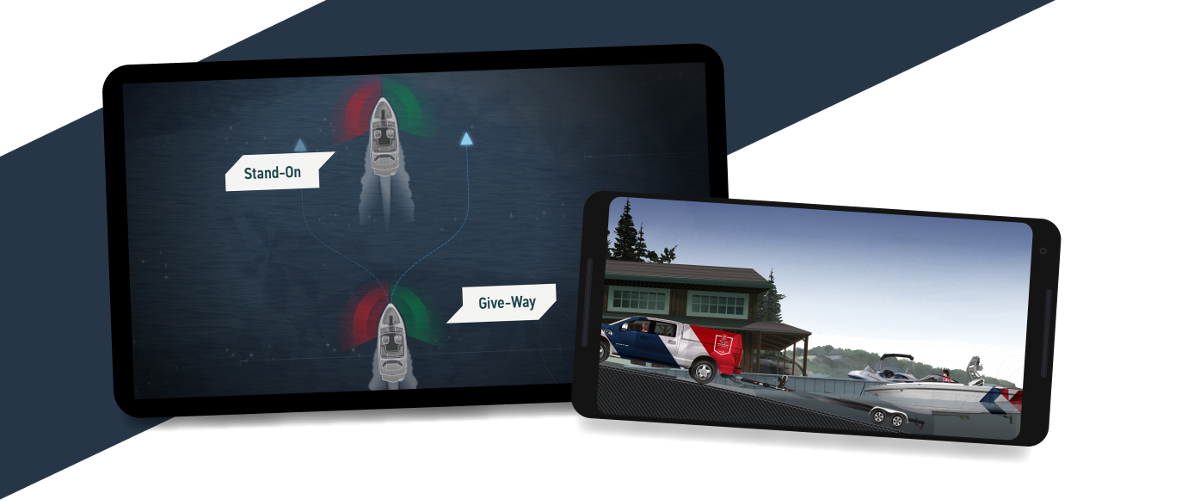
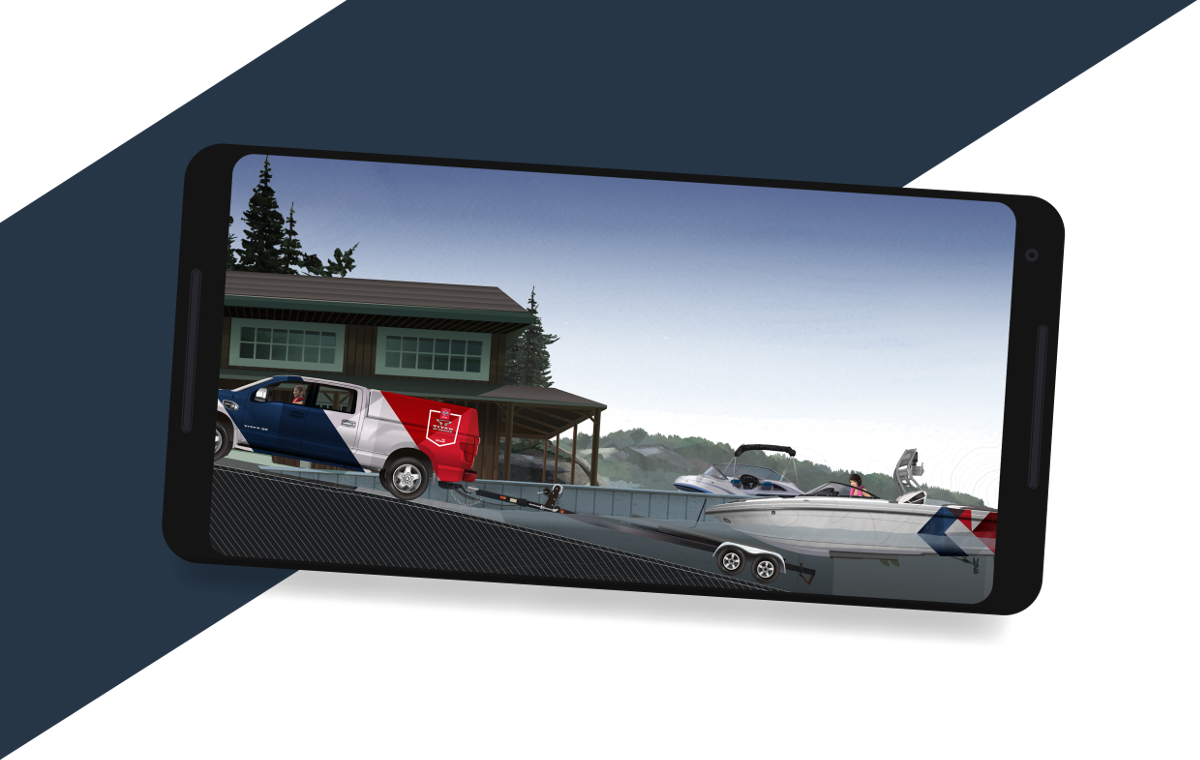
Get your Official North American
Boating License
The Official NASBLA and Transport Canada Boating Course, Test & License.
Get your Official North American
Boating License
The Official NASBLA and Transport Canada Boating
Course, Test & License.
Surviving cold water immersion
If you find yourself in cold water, do the following to increase your survival time:
Step 1) Assess the situation:
- Is everyone wearing a PFD or life jacket?
- Can you get to shore or safety?
- Are there any boaters who can assist you?
- Are you able to signal or call for help?
Step 2) If you are within 50 m of shore and are able to swim to safety you should do so.
Step 3) If you are injured, there is help close by, or you are further than 50 m from shore, you should stay where you are.
Step 4) If you are alone and close to a floating object, you should climb onto the object to remove yourself from the cold water and save energy. However, you should only do so if you are able to get most of your body out of and above the water.
Step 5) Immediately signal or call for help if you are able to do so.
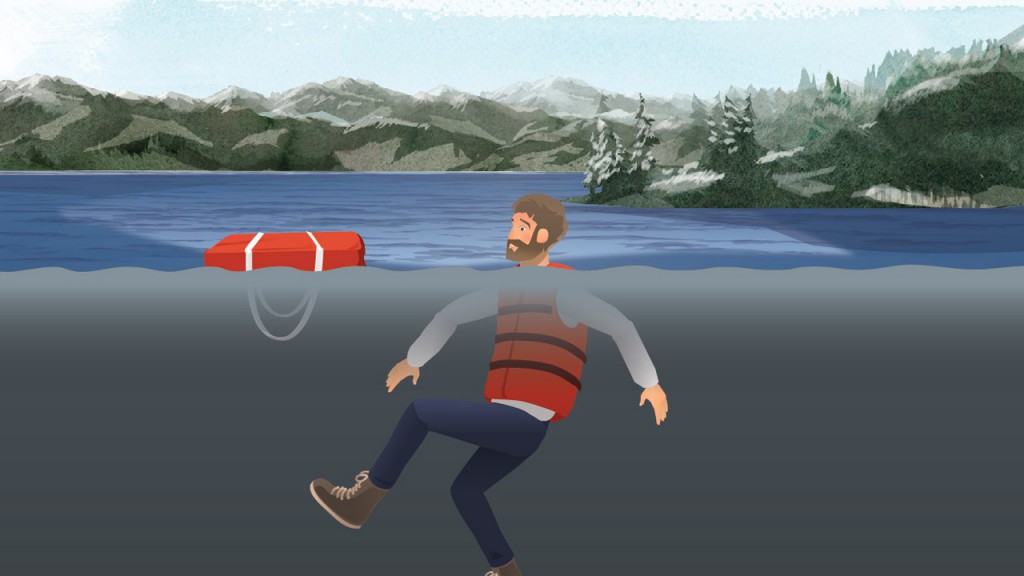
The H.E.l.p. Position
If you find yourself alone and exposed to cold water, use the Heat Escape Lessening Position (H.E.L.P.) to reduce heat loss from your core body temperature and delay side effects of hypothermia.
H.E.L.P. is performed as follows:
- Cross your arms tightly against your chest.
- Draw your knees up and against your chest.
- Keep your head and face out of the water.
- Take BOATsmart! Canada’s Online Safe Boating Course to learn more about the stages of hypothermia and rescue procedures.
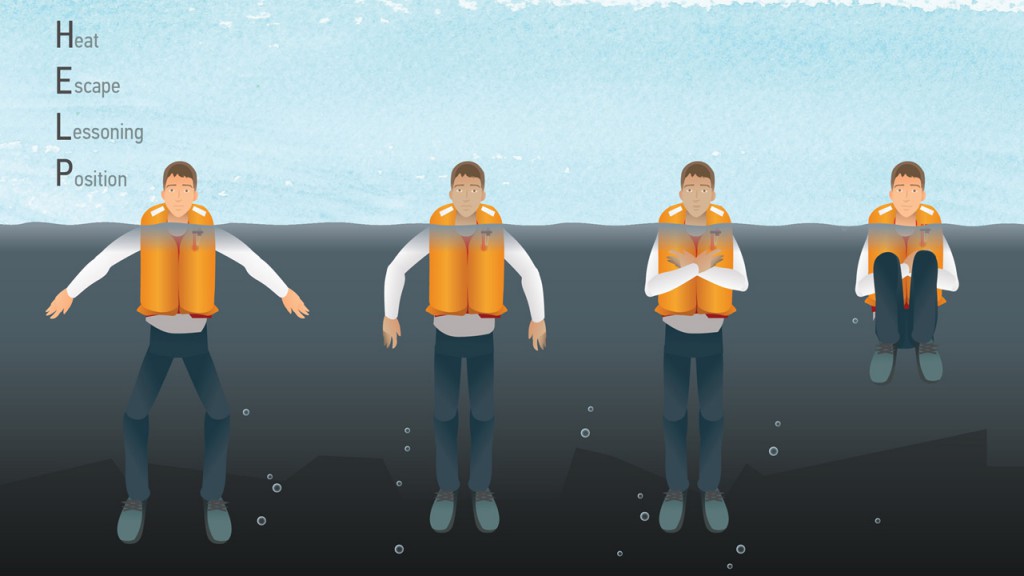
Huddle Position
If you and your passengers find yourselves exposed to cold water and are unable to swim to shore or climb onto a floating object, you should assume the “Huddle Position”. This will help delay the onset of hypothermia and increase your survival time:
- Place your arms around each other’s mid to lower back and pull together so your chests are close to each other’s sides
- Intertwine your legs
- Place any children in the middle of the huddle
- Keep unnecessary movements to a minimum in order to conserve energy
Cold Water/Weather survival gear
- Always Wear a Personal Floatation Device (PFD) or Lifejacket when boating and ensure it fits properly.
- Have extra layers of dry, light clothing and a water or wind proof outer layer on board.
Gear specific to cold environments offers better protection against the elements and can delay the effects of hypothermia:
- Wet Suit: traps and heats water against the body and should be used with a floatation device. Many people wear wet suits when doing water sports such as wakeboarding or waterskiing to prolong the length of their season.
- Dry Suit: Remains dry on the inside and should be used with a floatation device and thermal liner.
- Survival Suit: Helps retain body heat and works as a full body floatation device.
- Immersion Suit: To be used in extreme conditions when abandoning a vessel.
- Exposure Coverall: A PFD with thermal protection.
Be sure to choose the cold weather protection gear that is appropriate for your boating activities.
